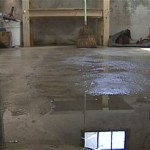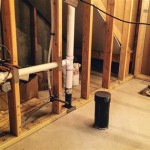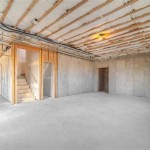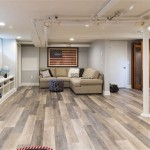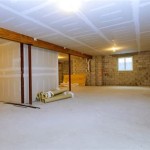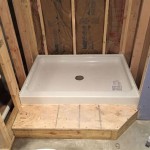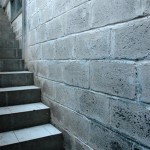What Setting for Dehumidifier in Basement
Maintaining proper moisture levels in your basement is essential for preventing mold growth, protecting your belongings, and ensuring a healthier living environment. A dehumidifier can effectively reduce humidity levels, but setting it to the optimal level is crucial to maximize its efficiency and avoid potential issues.
Ideal Humidity Range
The ideal humidity range for a basement is between 30% and 50%. This range helps prevent moisture-related problems such as mold, mildew, and musty odors while maintaining comfort levels.
Determining the Basement's Humidity
To determine the humidity level in your basement, you'll need a hygrometer. Place the hygrometer in the center of the basement and leave it for a few hours to get an accurate reading.
Setting the Dehumidifier
Once you know the basement's humidity level, you can adjust the dehumidifier accordingly.
- If the humidity is below 30%: Turn off the dehumidifier as the air is already too dry. Running a dehumidifier excessively can lead to discomfort and potential health problems.
- If the humidity is between 30% and 50%: Set the dehumidifier to maintain the humidity level within this range. Use the hygrometer to monitor the humidity and adjust the dehumidifier if necessary.
- If the humidity is above 50%: Set the dehumidifier to its maximum setting and let it run until the humidity drops to an acceptable level. Once the desired humidity is reached, adjust the dehumidifier to maintain it.
Continuous vs. Auto Mode
Most dehumidifiers have two operating modes: continuous and auto.
- Continuous mode: The dehumidifier runs continuously, regardless of the humidity level.
- Auto mode: The dehumidifier automatically turns on or off based on the humidity level.
For basements, the auto mode is typically the best option as it allows the dehumidifier to adjust to the changing humidity levels and maintain the desired range.
Tips for Maximizing Dehumidifier Efficiency
- Keep the basement doors and windows closed to prevent outside humidity from entering.
- Fix any leaks or sources of moisture in the basement.
- Use a dehumidifier with an appropriate capacity for the size of the basement.
- Clean the dehumidifier's filter and coils regularly to ensure optimal performance.
- Empty the dehumidifier's water reservoir regularly to prevent overflow and potential damage.
Conclusion
Setting the dehumidifier to the optimal level is crucial for maintaining a healthy and comfortable basement environment. By following the steps outlined above, you can effectively control humidity levels and prevent moisture-related problems while ensuring the long-term performance of your dehumidifier.

Dehumidifier Setting Chart What Should Be Set At

How To Set Your Dehumidifier Ideal Setting Sylvane

How To Set Your Dehumidifier Ideal Setting Sylvane

What Is The Best Humidity Setting For A Dehumidifier

Troubleshooting A Dehumidifier That S Not Working How To Handle Nonfunctional Or Ineffective Basement

Measuring The Efficiency Of A Room Dehumidifier Energy Vanguard

How To Choose A Basement Dehumidifier Frontier Foundation Crawl Space Repair Press Release

Installing Whole House Dehumidifier The Right Way Pv Heating Air

What Is The Best Basement Dehumidifier Reviews

What Humidity Should I Set My Dehumidifier To

